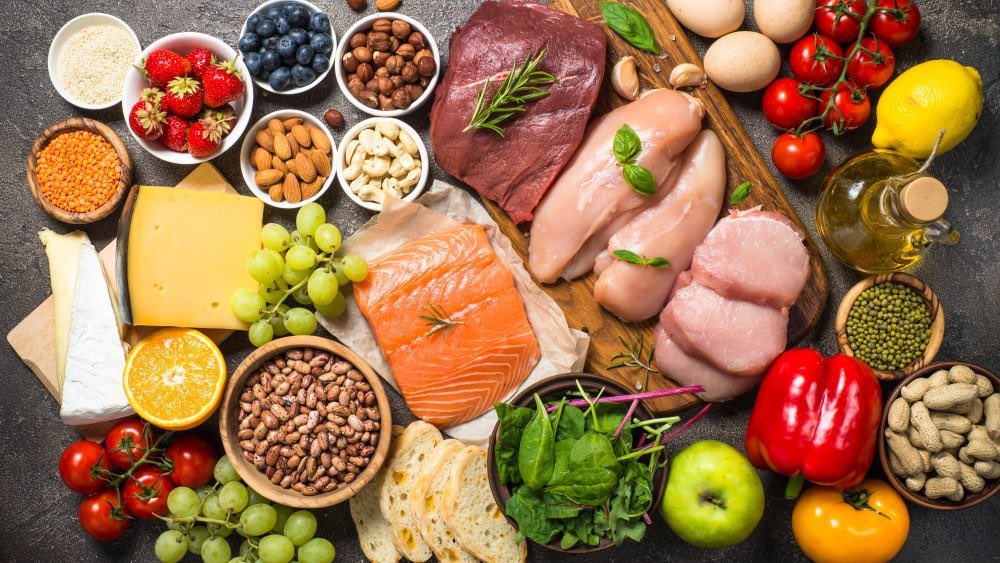A good friend of mine (a medical doctor) recently asked me this question. This was how he wrote it in a WhatsApp message: “Hello Tosin!..you’re the food expert…what foods would you recommend for LONGEVITY and our future generation?”
My reply: “Pulses/beans, nuts, fruits, vegetables, food high in omega 3 fatty acid e.g salmon and also whole grain foods.”
I recommend pulses/beans because they are good sources of protein and fibre, which concontributes to a healthy condition of the intestine. Fibre also helps to lower the plasma cholesterol levels, decrease the incidence of colon cancer and lower insulin requirements of diabetics
I recommend fruits and vegetables because they contain lot of vitamins and minerals. Some fruits, vegetables and certain foods such as soybeans or garlic also contain phytochemicals which help to provide protection against cardiovascular disease, certain cancers, and other age-related diseases.
Although I didn’t include fermented foods in my response to my friend. Fermented foods e.g yoghurt or kombucha are another class of food that should be part of our diet. They are good sources of probiotics, reported by scientists to improve intestinal health, enhance the immune response, reduce serum cholesterol and prevent cancer.
In addition to consumption of the above foods, we should consume a variety of foods, we should avoid overweight, reduce consumption food high in saturated fat, cholesterol as well as salt (sodium).
Many of us eat too much sodium. Diets higher in sodium are associated with an increased risk of developing high blood pressure, which is a major cause of stroke and heart disease.
Below are ten easy tips for reducing sodium consumption according to US FDA:
- Read the Nutrition Facts label
Compare and choose foods to get less than 100% DV (less than 2,300 mg) of sodium each day. - Prepare your own food when you can
Limit packaged sauces, mixes, and “instant” products (including flavored rice, instant noodles, and ready-made pasta). - Add flavor without adding sodium
Limit the amount of table salt you add to foods when cooking, baking, or at the table. Try no-salt seasoning blends and herbs and spices instead of salt to add flavor to your food. - Buy fresh
Choose fresh meat, poultry, and seafood, rather than processed varieties. Also, check the package on fresh meat and poultry to see if salt water or saline has been added. - Watch your veggies
Buy fresh, frozen (no sauce or seasoning), or low sodium or no-salt-added canned vegetables. - Give sodium the “rinse”
Rinse sodium-containing canned foods, such as beans, tuna, and vegetables before eating. This removes some of the sodium. - “Unsalt” your snacks
Choose low sodium or no-salt-added nuts, seeds, and snack products (such as chips and pretzels)—or have carrot or celery sticks instead. - Consider your condiments
Sodium in condiments can add up. Choose light or reduced sodium condiments, add oil and vinegar to salads rather than bottled dressings, and use only a small amount of seasoning from flavoring packets instead of the entire packet. - Reduce your portion size
Less food means less sodium. Prepare smaller portions at home and consume less when eating out—choose smaller sizes, split an entrée with a friend, or take home part of your meal. - Make lower-sodium choices at restaurants Ask for your meal to be prepared without table salt and request that sauces and salad dressings be served “on the side,” then use less of them. You can also ask if nutrition information is available and then choose options that are lower in sodium.
May you live a long life full of gladness and health in Jesus name. Amen


















